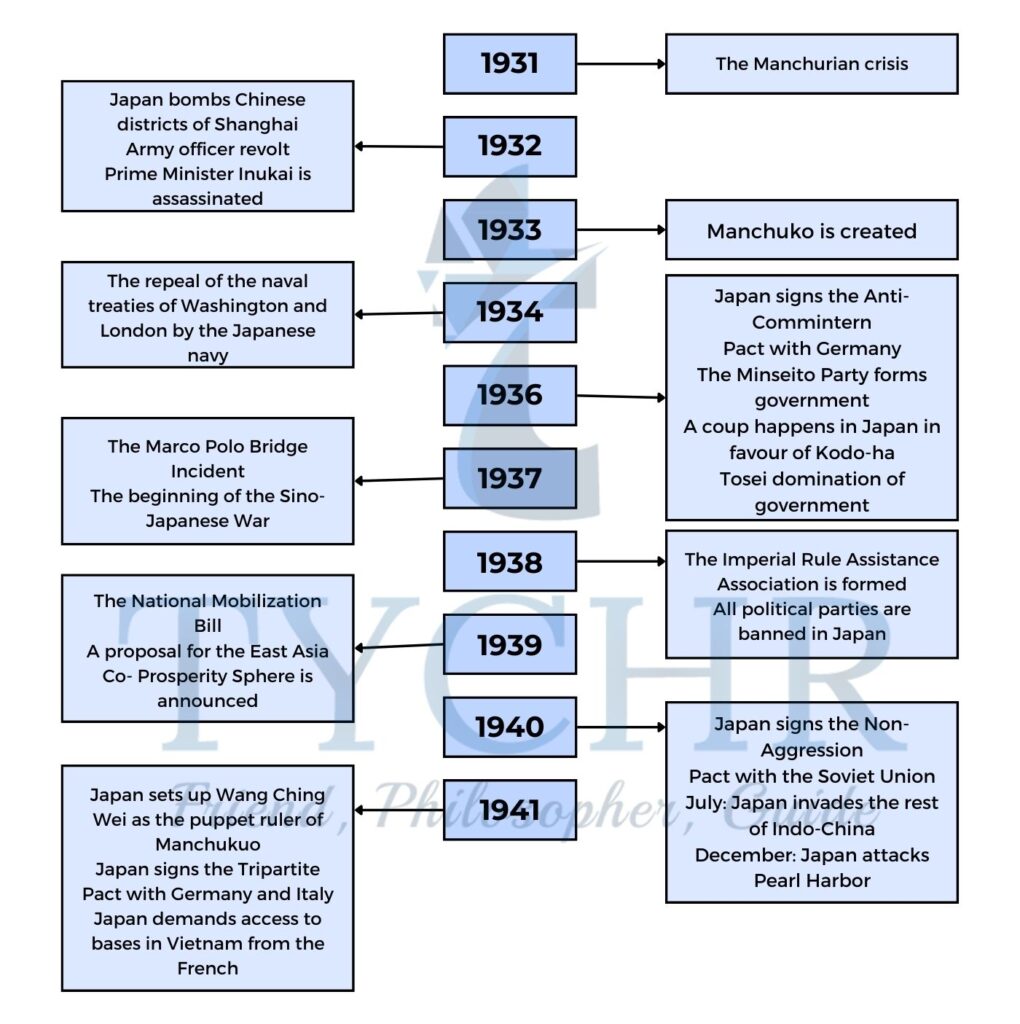japanese expansion in south-east asia, 1931-1941 Notes
Perspectives regarding what led to the war between the USA and Japan in the Pacific
Japan planned a war:
- Aim to dominate Asia could only be achieved through war
War was evitable:
- Japan was willing to achieve its objectives through negotiations
- However, preparation for war was needed
War was forced upon Japan:
- USA and Britain wanted to restrict Japan’s aims for expansion
Causes of expansion
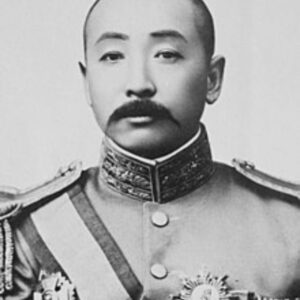
- Japanese believed, it was Japan’s destiny to become leader of Asia
Political instability in China contributed to Japan’s expansionist ideas:
- The Nationalist Party in China, the Guomindang (GMD), led by Jiang Jieshi, began campaign of national unification
- The Communist Party led by Mao Zedong was set up in 1921
- The Communists joined Jieshi to form the United Front
- The Northern Expedition was launched to reduce government control and wrest power from warlords
- However, in 1927, the Nationalists and the Communists fought against each other.
Japanese domestic issues before 1932: Political crises and the growing influence of the military:
- Japanese supported the warlord Zhang Zuolin (in picture) in Manchuria
- Zhang attempted to expand into Northern China
- If Jiang defeated Zhang, Japan’s plans for Manchuria could be hampered
- Japan decided to use the Kwantung Army to disarm Zhang and force him to retreat
- However, some army men forced Jiang’s Northern Expedition to halt in Jinan and assassinated Zhang on 4 June 1928
- Japan’s Prime Minister Tanaka failed to discipline the army, he resigned in July 1929.
- Leader of Minseito Party, Hamaguchi Yuko became prime minister but called an election in 1930
- Hamaguchi was unsuccessful in handling the impacts of the Great Depression on the economy
- He was shot by a right-wing radical and died in August 1931
Japanese domestic issues: Economic crisis:
- Japan was dependent on world trade, exports fell as other countries raised tariffs
- Duties on Japanese goods rose by 200% and unemployment rose to 3 million
- Manchuria became even more important due to wealth of resources, market gains and living space
Events in Manchuria, 1931
The impact of nationalism and militarism on Japan’s foreign policy:
- Explosion on Japanese owned South Manchurian Railway near Mukden
- False claim by the Kwantung Army that it was blown up by the Chinese
- Japanese enter Changchun to the north
- Wakatsuki’s government’s orders coming from Tokyo were ignored
What were the results of the Manchurian crisis?
The results for Japan’s international relations:
- Breakdown of control over the army was not appreciated internationally
- Japan left the League of Nations
- Japan isolated from international cooperation and the Washington Treaty System
- The West held back Japan’s needs for racist reasons
- By 1930s, the Japanese view the Soviets as their key potential opponents in ManchuriaJapan signs the Anti-Comintern Pact with Nazi Germany
Fact:
The Anti-Comintern pact was directed against the Communist International but, by implication, it was specifically against the Soviet Union
- The results for Manchuria and China:-
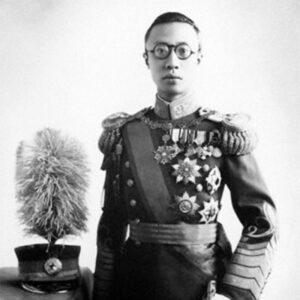
- Japanese set up a government under puppet rule of Pu Yi (in picture) in the new state of Manchuko – Japan bombed the densely populated residential area of Chapei
- This intensified Chinese outrage and turned the world against Japan
The results for the Nationalist Party in China:
- Jiang Jieshi more focused on defeating Chinese Communists
- There was a combination of non-resistance, no compromise and non-direct negotiation
- There was boycott of Japanese products
- Japan’s control of Manchuria was accepted in May 1933 in the Treaty of Tanggu
- Jiang agreed to the seizure of inner Mongolia and removed troops from Hebei province
The results for the Japanese government:
- Japan gained economic benefits after capturing Manchuria
- However, the cost of maintaining the army negated these benefits and taxes increased
- Japan needed to protect itself against the Soviet Army and the US navy
- The government was not supported public
Years of turmoil: The descent into “the Dark Valley”
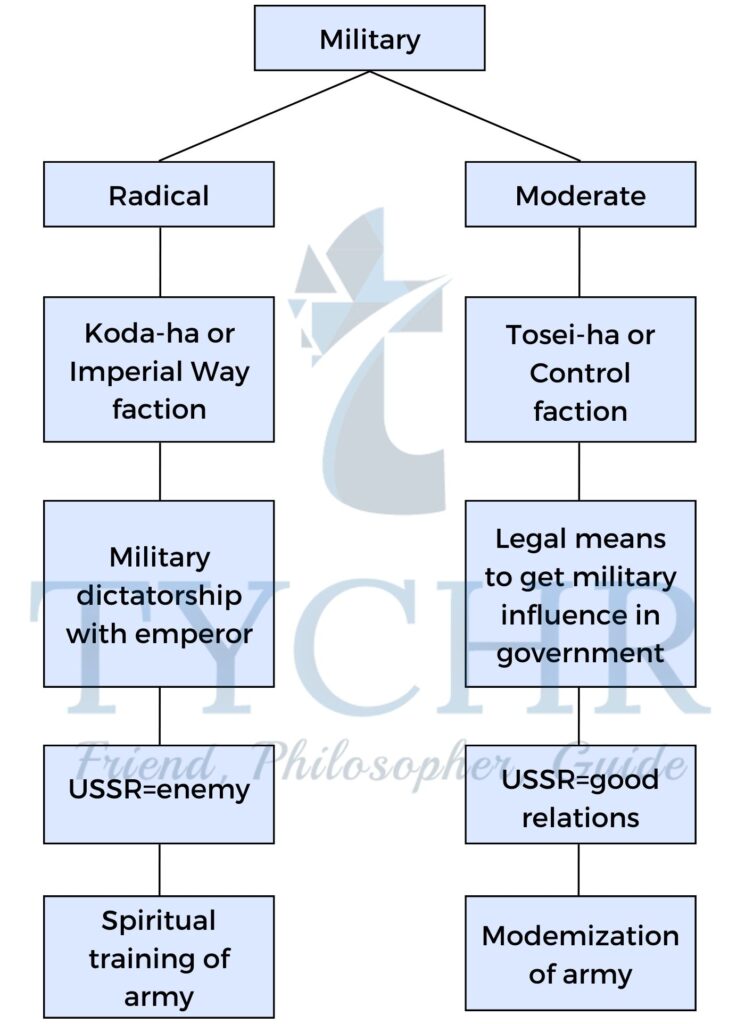
Political crisis and growing influence of the military:
- Two groups, the Koda-ha or Imperial Way faction and the Tosei-ha or Control faction existed
- They wanted Japanese expansion
- Koda-ha believed in military dictatorship to deliver state socialism, the Soviet was an enemy
- Koda-ha emphasized national spirit over material force
- The Tosei-ha were against terrorism, wished to use legal means to foster military power
- Their objective was conquest in China, modernization of army and mobilization of the nation
Three major assassination plots between 1932-1936:
- Prime Minister Inukai was shot and killed on 15 May 1932
- Admiral Saito and Admiral Okada formed interim governments
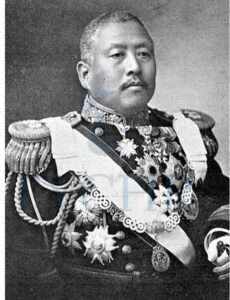
Admiral Saito 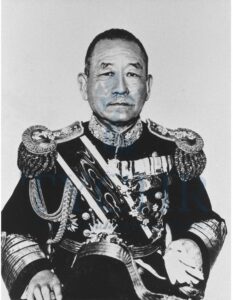
Admiral Okada - Saito favored the Koda-ha but promoted a member of Tosei-ha after discovering a plot against him
- Okada took over in July 1934
- A Koda-ha officer assassinated General Nagata, the leader of the Tosei-ha
- There was an attempted coup on Tokyo in February 1936 and Okada resigned
- Hirota Koki’s government was brought down after the National Diet’s concerns about military
- General Hayashi was in power till June 1937, Prince Konoye took over in June
- General Tojo Hideki became Chief of Staff to the Kwantung Army in July 1937
A summary chart: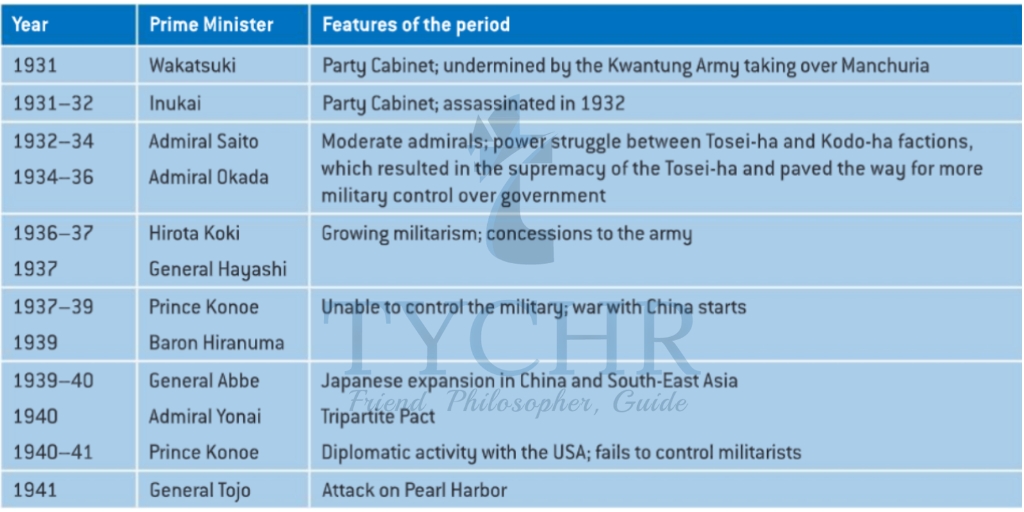
The Sino-Japanese War of 1937
- Fighting broke out between Japanese and Chinese forces on 7 July 1937 at the Marco Polo Bridge
- This led to a full-scale war with China
- Japan took control of Beijing by the end of July while fighting in Shanghai continued
- The Rape of Nanjing:
- Nanjing was the capital of the Chinese nationalist government
- Japanese captured it on 13 December
- Chinese soldiers and civilians were subjected to appalling atrocities
Fact:
Nanjing Massacre, conventional Nanking Massacre, also called Rape of Nanjing; (December 1937–January 1938) included mass killing and ravaging of Chinese citizens and soldiers by soldiers of the Japanese Imperial Army after its seizure of Nanjing, China, on December 13, 1937
What were the results of the Sino-Japanese War for Japan?
- Chinese nationalism was underestimated, they refused to agree to terms of peace
- Japan had to fight on and push Chinese further into the interior
- In November 1938 the New Order in East Asia came into existence
- It was a union between Japan, Manchuko and China, Jiang rejected this idea and continued war
Why did the conflict deepen after 1938?
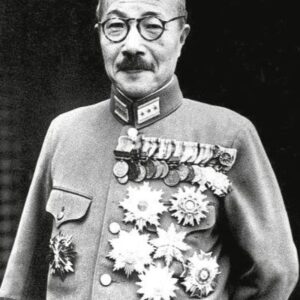
The militarists take control:
- Prince Konoye (in picture), established and developed the Imperial Rule Assistance Association, a unity party.
- It was set up to limit military powers but it failed
- The military was in total control by October 1941 and General Tojo took over as Prime Minister
- The impact of war in Europe:
- Hitler had swift victories in Europe
- Japan pressurized France into allowing its forces to have troops and airfields in Indo-China
Events 1940-41
- The Three Power/ Tripartite Pact and the Neutrality Pact:
- Foreign Minister Matsuoka Yosuke, signed the Tripartite Axis Pact
- Germany and Italy would dominate Europe and leave East Asia for Japan
- Matsuoka entered into a Neutrality Pact with the Soviets
- Japan moved into southern Indo-China on 24 July, the could now threaten Siam and Malaya
- USA and Britain alarmed by this, froze trade with Japan and increased aid to Jiang in China
- When Japan attacked Western colonies in November 1941 it was still at war with China
Pearl Harbor and the outbreak of war
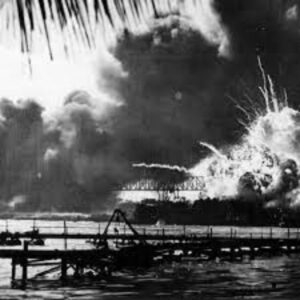
Why did Japan attack Pearl Harbor on 7 December 1941?
- Japanese could not sustain war in China if the embargo was not lifted
- Washington wanted Japan to agree to respect the territorial integrity of its neighbors
- Japan could not agree and Japanese navy presented its plan for war
- On 4 September 1941 it was decided that if demands weren’t met by 10 October then Japan would wage war against the United States, Britain and the Netherlands
- A huge naval task force prepared secretly to attack the USA if negotiations failed
- On 7 December 1941, Japanese bombers attacked US ships and installations at Pearl Harbor (in picture)
- The USA incurred huge losses, its sea power badly damaged
- Japan simultaneously attacked Hong Kong and Wake Island
- By mid-1942 Japan had taken countries like Indo-China, Siam, Malaya, the dutch East Indies, the Philippines and Singapore.
Perspectives
- Left-wing historians identify the Manchuria incident of 1931 as the start of the war
- They hold the “militarist capitalist clique” responsible for the 15-year war
- Right-wing historians identify December 1941 as the starting point for the war
- They believe that Japan was freeing Asia from the exploitation of Western colonialism
- They argue that Japan had been forced into a war with the USA by the oil embargo
- Orthodox historians in the USA believe that the war began in 1937 after the Marco Polo Bridge.
- Revisionist US historians argued that Japan’s actions up to 1941 were aimed at purging Asia from Western corruption
- They identify Roosevelt’s role as key in provoking Japan
- Traditionalist historians of the emperor’s rule argue that the emperor had no choice but to submit to the militarists.
List of important names and events
Names | Related activities/events |
Jiang Jieshi | Leader of the Nationalist Party in China, the Guomindang (GMD) |
Mao Zedong | Leader of the Communist Party set up in China in 1921 |
Zhang Zuolin | Warlord in Manchuria supported by the Japanese |
Hamaguchi Yuko | Leader of the Minseito Party, became Prime Minister in 1930 |
Pu Yi | The last emperor of China, puppet ruled the new state of Manchukuo |
Prince Konoye | Set up the Imperial Rule Assistance Association to tackle the Japanese army but failed |
Matsuoka Yosuke | Foreign Minister who signed the Tripartite Axis Pact and entered into the Neutrality Pact with the Soviet |

